Learning loss from Covid-19: Can a generational threat be averted?
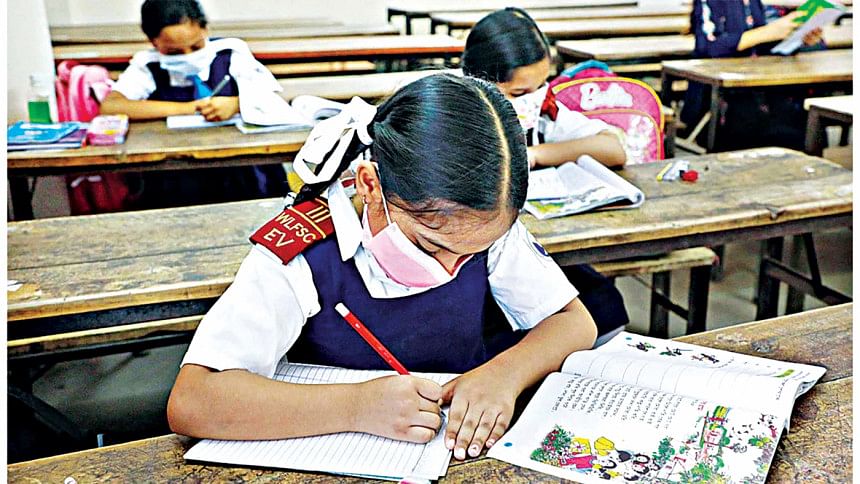
The United Nations has called it the "longest disruption to education in history" worldwide. In Bangladesh, schools remained closed non-stop for 543 days from March 17, 2020 to September 11, 2021. World Bank estimates that learning loss from Covid-19 could cost USD 17 trillion in life-time earning loss globally for the affected students. This amounts to 14 percent of the world's GDP today. Educationists warn that the pandemic's educational effects are a generational danger, which calls for immediate and longer-term measures at least to mitigate the threats, since averting them totally may not be possible (UN, 2020; World Bank, UNICEF, UNESCO, 2021).
To understand the nature and depth of the crisis and to do something about it, it is necessary to define and gauge learning loss, look at what and how adequate has been the response to it, and consider what more can be done in the short and longer term. Volumes can be written about these complex topics. An overview of where we stand and what may be done, based on recent discourse internationally and in the context of Bangladesh will be attempted in this article.

Learning loss
The educational crisis induced by the Covid-19 pandemic refers to the loss of learning students have suffered directly because of the prolonged closure of schools and indirectly from the health, emotional, and economic impact of the pandemic on the students, their families and their teachers. The assumption is that, when schools operate normally, students make progress in learning and with the closure of schools, that progress has been halted and students have fallen behind. It is also assumed that mitigating alternatives such as distance learning and direct contact with teachers have not significantly compensated the loss for most students, especially in the resource-poor systems of education in developing countries. It is recognised that the loss can have longer term adverse effects on students unless effective recovery measures can be taken. Again, the poorer countries find themselves at a disadvantage.
Measuring the extent of loss depends on the existence of a system of learning assessment that may provide data for the status of students' skills and competencies at least in some defined core areas such as language and math and the amount of progress students were expected to make during the period schools remained closed. The assessment system and the data are often not available in the poorer education systems.
The World Bank came up with the concept of "learning poverty," defined as the percentage of 10-year-old children who cannot read and understand a simple story in their first language. The premise is that this ability is a proxy measure of how the education system is performing and whether the system helps the child to become a self-reliant learner. In the low- and middle-income countries, the pre-pandemic learning poverty rate was 53 percent in 2019, according to the World Bank, calculated from available national data. For Bangladesh the rate was estimated to be 56 percent, that is, this proportion of 10-year-olds could not read with understanding a story in Bangla. This is roughly consistent with the results of the National Student Assessment carried out under the auspices of the Ministry of Primary and Mass Education (but, quite different from the high pass rates reported for Primary Education Completion Examination). World Bank, UNICEF and UNESCO estimates that the learning poverty rate may have reached 70 percent in the low- and middle-income countries, "given the long school closures and the ineffectiveness of remote learning to ensure full learning continuity during school closures."
World Bank economists have come up with a calculation of the economic effects of the learning loss in the form of foregone earning of the pandemic-affected students. "This generation of students now risks losing USD 17 trillion in lifetime earnings in present value. This projection far exceeds the USD 10 trillion estimates released earlier in 2020," when it was hoped that the pandemic would end or abate sooner, according to the World Bank.
Educationists would argue that the calculation of educational loss and the consequent economic loss are based on heroic assumptions often in the absence of credible data and many intervening variables that cannot be quantified at least in the context of developing countries. Nonetheless, even speculation, based on reasonable assumptions, extrapolation of data and informed judgement are useful in indicating magnitudes of the problems. The precision of quantification is not the point; the numbers, even as orders of magnitude, help to draw public attention and raises public awareness about the problem, then otherwise.

The numbers cited for learning loss and economic loss fail to capture the suffering and trauma of personal and social losses, mental and emotional health effects, the struggle to overcome the adversities, and the short and long-term impact on life and educational performance of the students. There have been reports of a surge in early marriage of girls and higher levels of child labour, and increased family violence and tension as effects of the pandemic.
The education responses to the pandemic, how these have been carried out and what can be surmised about how these measures have worked can further illuminate the depth of the problems and challenges of the education system as much as the quantified estimates of learning and economic loss.
Education response so far to Covid-19
Bangladesh was one of the few countries that kept schools closed non-stop for over 18 months. Health and education experts argued against the "one-size-fits-all" approach irrespective of the infection rates, variation between Dhaka and the rest of the country, and diverse local conditions. The argument from the authorities has been that, given the problems of bringing the population—including students—within the vaccination net, and the difficulties in preventive measures, testing, isolation and treatment of those who may fall ill, a strict approach was necessary in Bangladesh.
The hard line adopted to keep students safe, however, was a contrast to actions seen in respect of helping students catch up and cope with the learning loss. Surveys and studies have documented that most students could not or did not benefit from the distant-mode TV and online lessons, student "assignments", and teacher contacts.
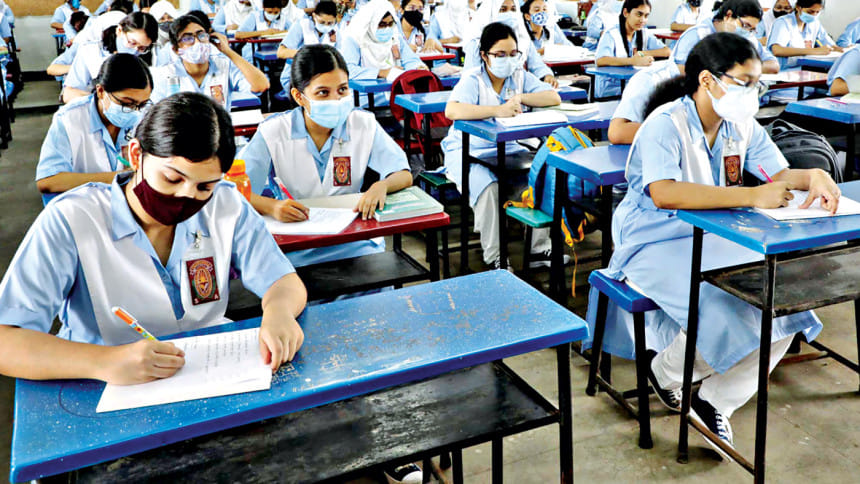
Schools re-opened on September 12, 2021, after the loss of the better parts of two academic years. Again, applying the one-size-fits-all formula, schools everywhere allowed only the grade five and grade 10 students to attend for the whole week; the rest could come for a day or two for limited hours. With a minimal engagement in learning for almost two years, students who were auto-promoted from their previous grade in 2020 were not likely to be ready for lessons for the new grade when schools reopened. Then, with little regular classroom instruction, they were auto-promoted again to the next grade in January 2022. It means that a student who was in Class 3 in March 2020 is in Class 5 in January 2022 without acquiring the foundational skills of literacy and numeracy.
As noted, even when schools functioned in pre-Covid days, the majority of Class 5 children did not acquire the grade-level basic competencies in Bangla and math. The education authorities' logic appears to be—if most children don't learn much when schools operate, it really doesn't matter that they missed 18 months of class.
The cumulative effect of the prolonged closure and loss—students moving up from grade to grade without acquiring the basic skills and without a rescue and recovery strategy— cannot but cause a longer-term harm for students' ability to learn and perform in school. This generation of students will grow up with a debilitating handicap, except the privileged ones whose families can arrange special private tutoring support—unless a remedial plan is put in place for all in the system. A generational danger in education is looming, which is not receiving the attention of policymakers.
Many private schools outside the government's subsidy net (known as MPO) have not reopened. Vaccinating all older students and keeping students, teachers and their families protected have not gone well. The super-infectious variant of Covid-19, the Omicron, has now arrived. It has led to the re-imposition of general and schooling restrictions in many countries including the neighbouring states of West Bengal and Bihar in India. The education minister said restrictions would be imposed in our schools again if necessary.
With hindsight on how the education system and the students have fared, and looking ahead to a possibility of living with some form of Covid indefinitely, it can be said that not enough has been done to unlock the digital potential and making the blended approach to integrating the distance mode into regular teaching-learning. The majority of institutions cannot say that they are significantly in a better position than in 2020 in using the distance mode or applying the blended approach. This is true for all types and levels of education with some variations. The two ministries of education have not been able to act in a unified way or infuse a sense of urgency into a time-bound result-focused plan of action.
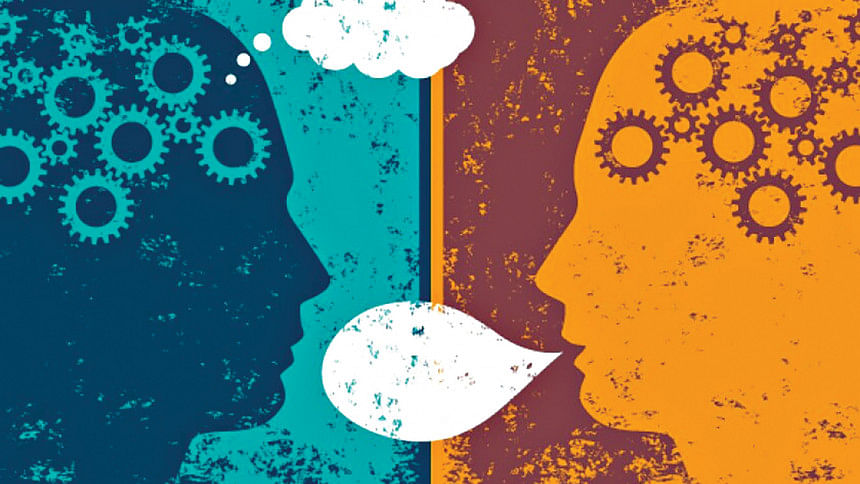
A rescue and recovery plan
The quandary for the decision-makers to balance student safety and minimising learning loss cannot be underestimated. Yet, decisions have to be taken drawing on best expert advice and informed judgements about immediate and longer-term needs and consequences.
Welcoming school re-opening in September, 10 well-known educationists of the country collectively urged four urgent steps as elements of a learning recovery agenda in response to the special situation (The Daily Star, September 25, 2021).
First, a rapid assessment of students' grade-level preparedness was needed. Simple tools for rapid assessment of core grade-level competencies for each grade in Bangla and mathematics at the primary level, and Bangla, English, mathematics and science at the secondary level should be designed and applied in order to determine the students' grade-level readiness. The result then can be used to place students in an appropriate recovery phase—including accelerated learning activities for core skills—to bring them up to their grade-level readiness.
Second, prolonging the current school year and introducing a permanent September-June school calendar was recommended. Extending the current year (academic year 2021) to June 2022 would provide more time for the students and the school system to adapt to the new situation, assess and improve students' preparedness, and avoid rushing to public and annual exams (which has been witnessed). There are also ample climate-related reasons to permanently shift to a September-June school calendar, with a predictable and long summer vacation between July-August and classes held during Ramadan with modified hours.
Third, scrapping the Primary Education Completion Examination (PECE), the Junior School Certificate (JSC) and equivalent exams was urged. The energy and efforts of students and teachers should be devoted to recovering from learning loss, rather than preparing for exams. The educational value of these exams has been questioned even before the Covid situation.
Fourth, teachers needed support and incentive to implement learning recovery. Guidelines and orientation should be provided to schools and teachers regarding the implementation of a learning recovery plan, especially on: a) use of rapid assessment of grade-level student preparedness; b) pedagogic approaches for assisting students using results of the rapid assessment; c) instructional planning to focus on core competencies aiming to help students become self-reliant learners; and d) providing socio-emotional support to students and communicating with both students and parents. Online platforms should be used extensively for the guidance and orientation of teachers, as well as to complement classroom teaching for the students.
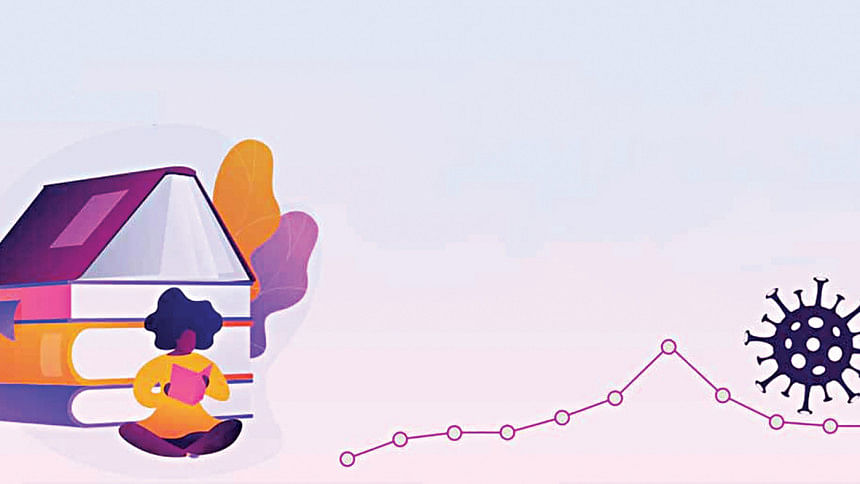
This urgent appeal, however, has not been heeded by the authorities. Their single-minded aim has been to go back to the old routine, with less attention to how this affects students' learning and wellbeing. The decision-makers have not been moved by the warning that without the proposed steps most students would not be able to keep up with their grade level lessons, that their deficits would be cumulative and that they would be harmed permanently.
The 2022 academic year has begun according to the old calendar, but only partially, and the threat of another shut-down looms large. A rethinking of the current plan and introducing a three-year rescue and recovery plan are still in order.
Concluding comments
The pandemic has been an unprecedented global crisis, not just for the education sector. An extraordinary situation demands an exceptional and bold response. It does not make sense to presume that the education machine could be restarted where it was left off in March 2020, as if the intervening 18 months did not matter.
The World Bank, UNESCO, and UNICEF have proposed a pathway to recovery, noted above, which emphasises three broad priorities: bringing all children back to schools safely, recovering learning losses, and preparing and supporting teachers. These are in line with our educationists' recommendation as well as the suggestions emerging from other studies and discourses involving the academia, education advocates and civil society, such as, the Campaign for Popular Education and the Education Watch Report, Brac Institute of Governance Studies, Civil Society Alliance and others. They entail breaking down the broad objectives and the plans into targets, mechanisms and activities, which could not be discussed in this article.
The educationists' statement invoked the National Education Policy 2010 and its proposal for a permanent statutory education commission to guide and oversee education reform efforts to build a consensus on priorities and strategies, and guide and monitor the education reform efforts (MOE, 2010). Moving forward with both urgent and longer-term measures depends on agreeing on the agenda for action and taking the necessary steps resolutely. A permanent commission, comprising the right people and empowered by political backing, may be the way to steer the critical recovery effort.
References:
United Nations (2020). Policy Brief: Education during COVID-19 and beyond, AUGUST 2020.
World Bank, UNICEF, UNESCO (2021). The State of the Global Education Crisis – A Path to Recovery. December, 2021.
The Daily Star, "Four urgent steps to put students on track for learning," September 25, 2021.
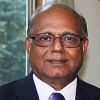
 For all latest news, follow The Daily Star's Google News channel.
For all latest news, follow The Daily Star's Google News channel. 


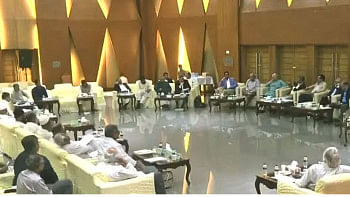
Comments